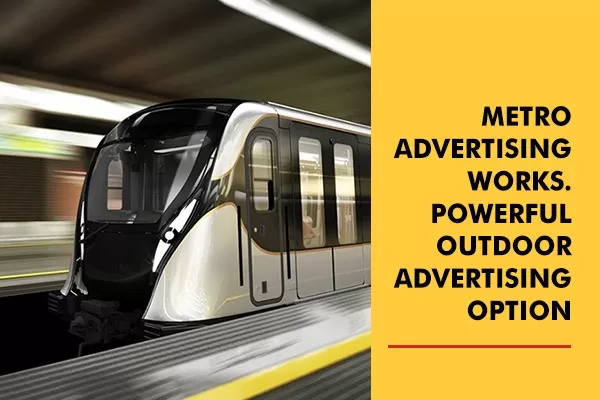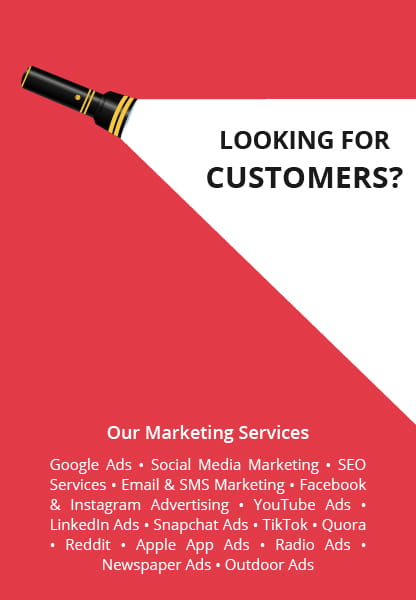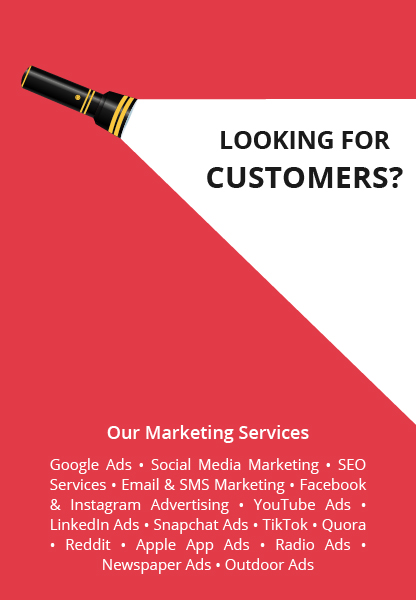Metro Advertising Works.
Powerful Outdoor Advertising Option

What is Metro advertising
- Tube Advertising
- Side walks Metro
- Posters Inside Metro
- Metro Digital screens
- Train wraps
- Billboards on Metro Bridges
- Floor graphics
- Inside Metro Stations & Platforms
Metro station branding
What can you advertise with Metro
The frequent travelers see your ads everyday when they commute. Imagine the brand awareness!
Cost of Metro Advertisement
Best Metro advertising services company in Dubai, UAE. Contact us for Metro advertising in Dubai/UAE
Check with us for best Metro advertising Combo Offer Right Now – Call ++971 50 304 7470
Quick Enquiry
Frequency asked questions on Metro Advertising
1. What is metro advertising?
2. What are the advantages of metro advertising?
3. What types of metro advertising are available?
4. How can I advertise in the metro?
5. What is the cost of metro advertising?
6. How do I target my audience with metro advertising?
7. Is there a minimum campaign duration for metro advertising?
8. Are there restrictions on the content of metro ads?
9. Can I track the effectiveness of my metro advertising campaign?
10. What are some successful examples of metro advertising campaigns?
11.What is Metro ads?
Metro ads refer to advertising placements within the metro system, including stations, trains, and related infrastructure. These advertisements are strategically placed to reach a large audience of commuters who use the metro for daily transportation. Metro ads can take various forms such as:
- Station Ads: Posters, billboards, and digital screens placed in metro stations where commuters wait or pass through.
- Train Ads: Ads displayed inside metro trains, including posters above seats, digital screens, or full train wraps.
- Platform Ads: Ads positioned on platforms within metro stations, such as banners, digital displays, or floor graphics.
Metro ads are effective for targeting a diverse audience during their daily commute, offering high visibility and repeated exposure to commuters who often pass through metro stations multiple times a day. These ads can promote products, services, events, or brand messages in a dynamic urban environment where traditional advertising methods may have limited reach.
12.How do adverts work?
Adverts work by strategically promoting products, services, or messages to target audiences through various channels. Here’s how they typically operate:
- Target Audience Identification: Advertisers identify their target audience based on demographics, behaviors, and interests to ensure their ads reach the right people.
- Channel Selection: They choose appropriate channels such as TV, radio, print media, digital platforms (websites, social media), outdoor (billboards, transit), or direct mail based on where their audience is most likely to see and engage with the ad.
- Creative Development: Advertisers create compelling ad content that captures attention, communicates the message clearly, and resonates with the audience. This involves copywriting, graphic design, and possibly video production.
- Ad Placement: Ads are placed in strategic locations or time slots to maximize visibility and impact. For example, TV commercials during prime time, digital ads targeted at specific online users, or billboards in high-traffic areas.
- Campaign Management: Ad campaigns are managed to ensure they run smoothly and achieve objectives. This includes setting budgets, monitoring performance metrics (e.g., reach, engagement, conversions), and making adjustments as needed.
- Measurement and Optimization: Advertisers measure the effectiveness of their campaigns using metrics like ROI, click-through rates, conversion rates, and brand awareness surveys. They use this data to optimize future campaigns for better results.
Ultimately, adverts aim to influence consumer behavior, drive sales, increase brand awareness, and achieve marketing objectives through strategic planning, creative execution, and ongoing evaluation.
So what are you planning to promote via metro ads. Talk to us for your next campaign.
Case Study
How to generate High Quality Leads for Real Estate Company in UAE
Everyone can generate leads, but see how we generated high quality leads for Real Estate Companies in UAE through Google Ads and...
250+ Real Estate Leads for Dubai Property Generated (CaseStudy)
How we generated 250+ Real Estate Leads for Dubai Property Agency Generating Real Estate leads for Dubai Properties is not...
Digital Marketing For School. A Case Study from Meta Ads & Google Ads
Digital Marketing For School Using Meta Ads & Google Ads Case Study for School in UAE Schools often need to...
Driving Success for Stars Team | SEO Case Study. SEO Traffic Increases 49%
SEO still provides the best quality traffic. If you want to boost your SEO traffic, contact us for free website...


